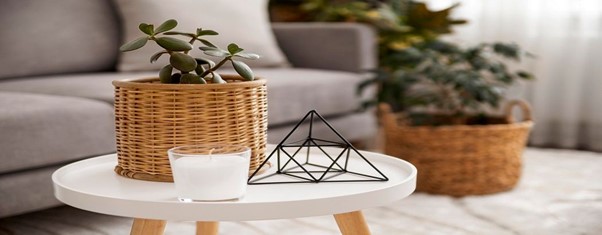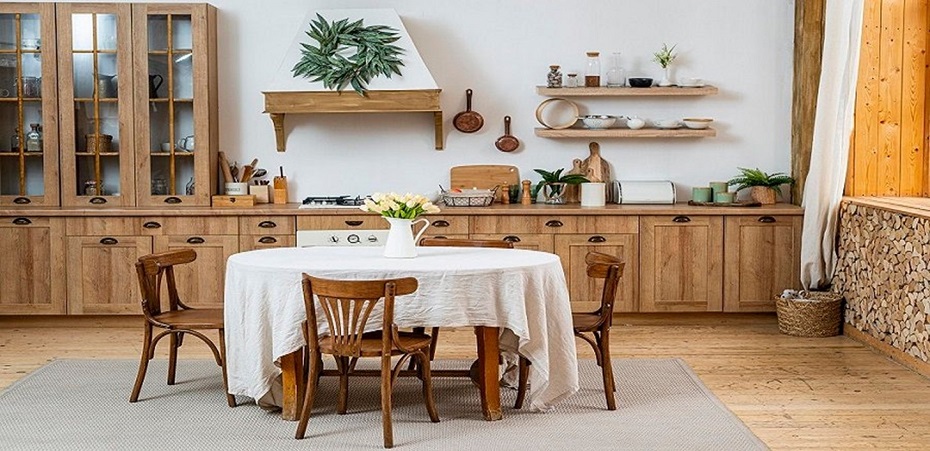
Incorporating Sustainable Materials into Modern Furniture: A Step Towards Greener Living
The conversation around sustainability is becoming increasingly significant in today’s world, especially in the realm of interior design and furniture. As consumers grow more conscious of their ecological footprint, the demand for sustainable furniture options is on the rise. But what does it truly mean for furniture to be ‘sustainable’? Let’s explore how modern furniture is integrating eco-friendly materials and why it matters.
Understanding Sustainable Furniture
Sustainable furniture refers to pieces produced in a way that has minimal negative environmental, social, and economic impact. This can encompass a variety of practices:
- Using renewable or recycled materials.
- Minimizing waste during production.
- Employing energy-efficient manufacturing processes.
- Ensuring fair labor practices.
Eco-Friendly Materials Making Waves in Furniture Design
- Bamboo: This fast-growing plant is an excellent sustainable alternative to hardwoods. Not only is it sturdy and durable, but it also regenerates quickly, reducing deforestation concerns.
- Reclaimed Wood: Salvaged from old buildings, barns, or warehouses, reclaimed wood gives a second life to timber that might otherwise be discarded, lending character and history to modern furniture pieces.

- Recycled Metal and Glass: These materials can be melted down and reshaped multiple times without losing strength or purity, making them ideal for creating sustainable furniture.
- Organic Fabrics: Materials like organic cotton, hemp, and wool are grown without harmful pesticides or synthetic fertilizers, making them better for the environment and the end-user.
- Soy-based Foams: A greener alternative to traditional petroleum-based foams used in upholstered furniture, soy based options are more biodegradable and emit fewer volatile organic compounds (VOCs).
Why Opt for Sustainable Furniture?
- Environmentally Friendly: Reducing deforestation, pollution, and waste, sustainable furniture helps in preserving our planet for future generations.
- Health Benefits: Furniture made with organic and non-toxic materials reduces the risk of indoor air pollution, allergies, and other health concerns.
- Economic Advantages: Sustainable practices can lead to cost savings in the long run. As demand grows, economies of scale can reduce the price differential between traditional and sustainable options.
- Unique Aesthetic: Sustainable materials often bring a unique, natural look to interiors, making spaces feel warm, authentic, and rooted in nature.
Conclusion
The shift towards sustainable materials in modern furniture is more than just a trend; it’s a testament to the evolving relationship between consumers and their surroundings. As we recognize the importance of preserving our environment, it’s heartening to see the world of design and furniture embrace these values. By opting for sustainable furniture, we’re not just making a style statement, but we’re also taking a step towards a greener, more responsible future.
Again, please make any necessary modifications to ensure it aligns with your brand’s voice and style.




